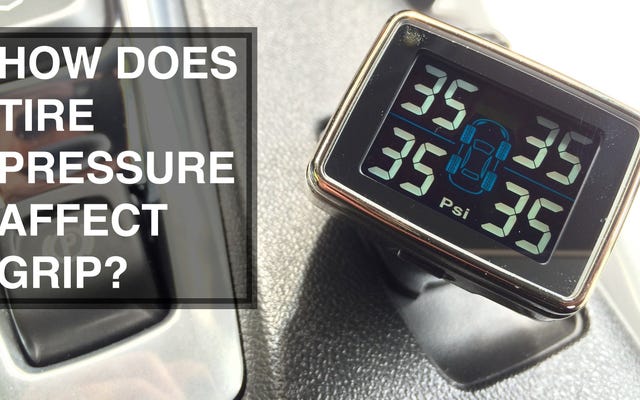If you’ve ever shopped for a new vehicle you’ve probably been told by someone – be it your mom or dad, a friend, or even the salesperson – to “kick the tires.” What they mean is to check the vehicle out, make sure it suits your needs and is in good, working shape. But, the origin of that phrase is quite literal. Checking the tires was, and still is, an important step in ensuring a vehicle is ready for a trip or long drive. But, tires need more than a simple kick, especially if your trip is taking you to increasingly higher and higher elevations. Here’s everything you need to know about elevation and tire pressure.
Let’s talk tires.
When you get in a car, you check your mirrors and fasten your seatbelt. But do you check the very things keeping your car connected to the road?–Tires. They connect your car to the road, providing traction and performance. Before you head out on a weekend trip or getaway, make sure you give your tires a proper checkup.
One key component of tire maintenance is PSI.
PSI stands for pound-per-square-inch. It’s a measure of the amount of pressure in your tires. Your vehicle has a tire PSI recommendation. It’s usually listed on the tire, the placard attached to the driver’s side door edge, doorpost, glove box door, or fuel door. If you can’t find it in any of those locations, no problem, just look in the owner’s manual.
Tires often have their PSI rating on the tire. For RV tires, check the manufacture’s recommendations for trailer tire PSI before refilling.
Newer cars have computers that monitor each tire’s PSI and display it on the dashboard. If your vehicle doesn’t have this feature or you just like to double-check, you can always pick up your own manual tire pressure gauge. Go up to each tire one at a time. Remove the valve cap then place the pressure gauge on the valve stem and press down hard enough that the “hiss” sound fades away and your gauge provides a reading.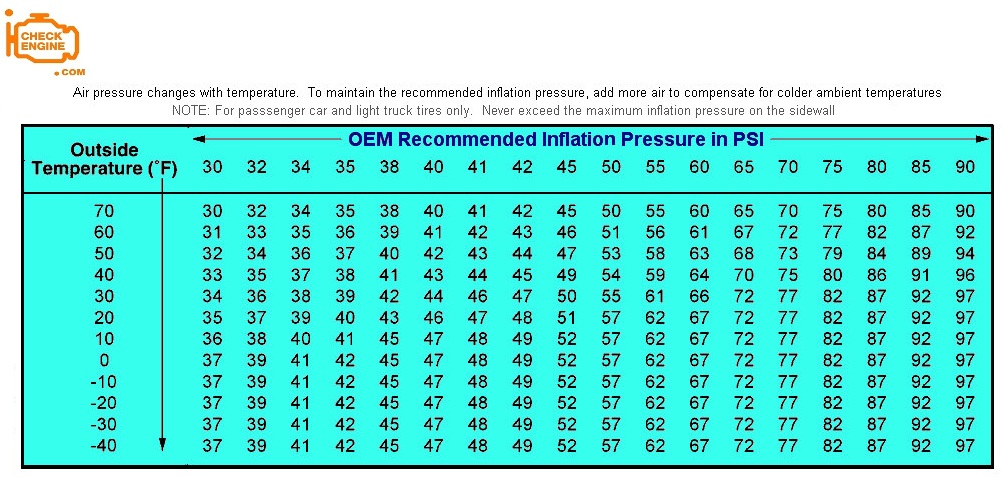 Write down the measurement for each tire – labeling them driver front, driver rear, passenger front, passenger rear.
Write down the measurement for each tire – labeling them driver front, driver rear, passenger front, passenger rear.
Once you know how much addition PSI you need to put into each tire, you can begin the process of filling them. To do this, you’ll need an air compressor. You can find an air compressor at almost every gas station. It’s best to fill tires when they are “cold” which means you’ve parked your car for three or more hours or driven it less than a mile at a moderate speed. If you are filling “hot” tires, set their pressure to 4 PSI above the recommendation. Then recheck the inflation pressure when the tires are cold.
Checking the tire pressure is one of the easiest — and most important — RV maintenance tasks.
Tire maintenance is fairly straightforward, but it does get a little more complicated when you throw in elevation and high altitudes. Without getting too scientific, significant changes in altitude do affect tire pressure, or at least what your tire gauge will read and report.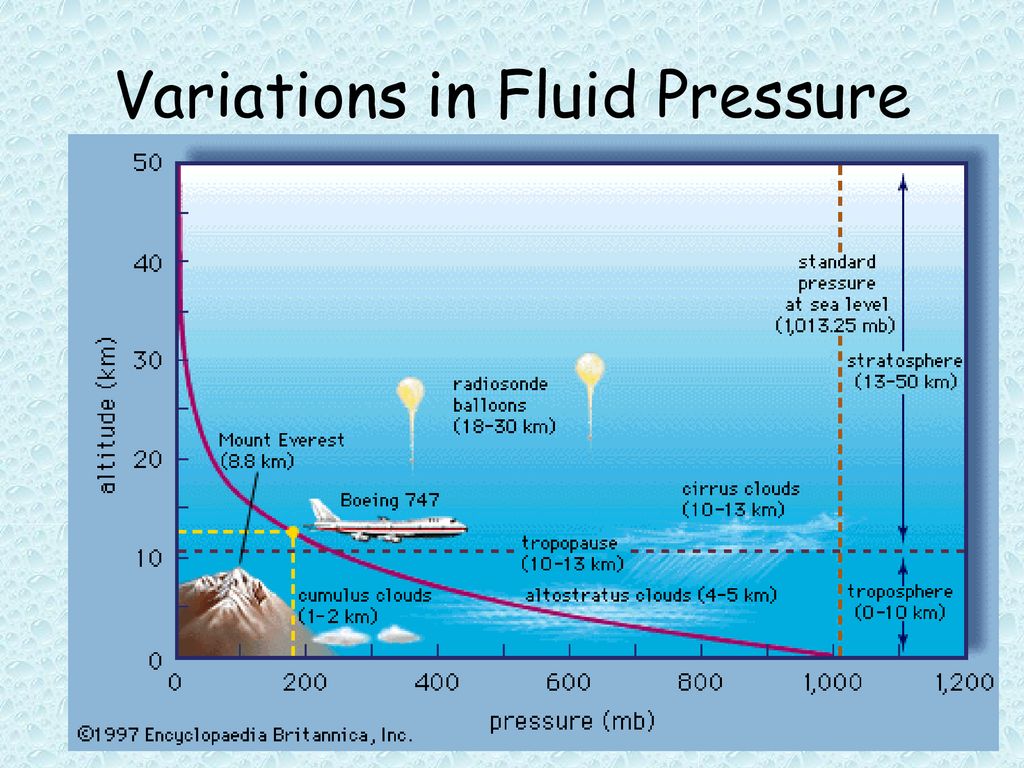 When you travel in your vehicle from an area with low elevation, like say New Orleans to an area with high elevation, like say Denver, your tires will experience a slight gain in tire pressure of about two to three PSI. This is because as you rise in elevation, the amount of atmospheric pressure decreases. Pressure gauges measure PSI based on the surrounding air as a reference, so when that surrounding air changes, so too will your PSI. It’s nothing to be too worried about, though. A few PSI above or below your car’s recommended levels won’t hurt. Just make sure to check when you get to your destination (preferably after your car has had some time to cool down) and then act accordingly.
When you travel in your vehicle from an area with low elevation, like say New Orleans to an area with high elevation, like say Denver, your tires will experience a slight gain in tire pressure of about two to three PSI. This is because as you rise in elevation, the amount of atmospheric pressure decreases. Pressure gauges measure PSI based on the surrounding air as a reference, so when that surrounding air changes, so too will your PSI. It’s nothing to be too worried about, though. A few PSI above or below your car’s recommended levels won’t hurt. Just make sure to check when you get to your destination (preferably after your car has had some time to cool down) and then act accordingly.
Tire pressure will change as you rise in elevation and drop in temperature.
Temperature is another factor, much like elevation, that affects tire pressure. Generally speaking, the two operate in tandem. Typically, as you climb from sea level to higher and higher elevations the temperature tends to drop and this drop in temperature affects PSI.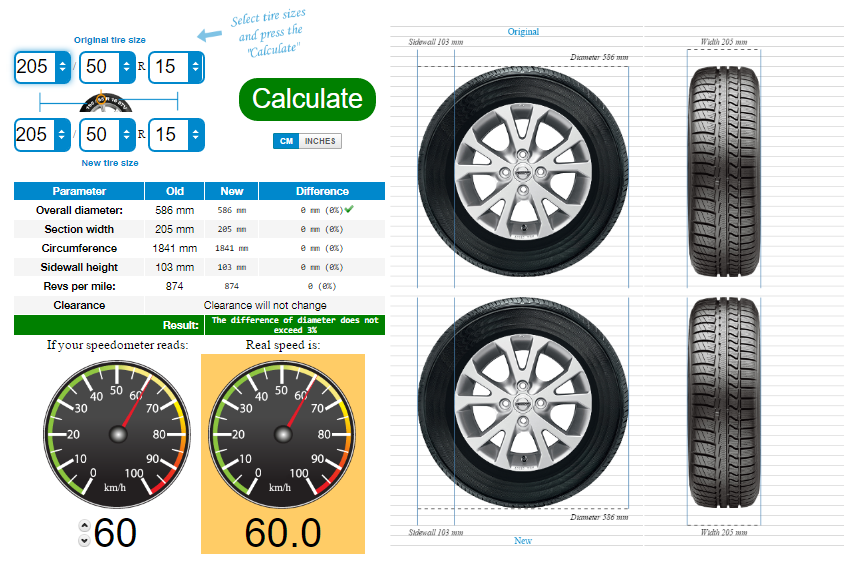 The general rule of thumb is that tire pressure changes about one PSI for every 10º Fahrenheit change in the ambient temperature. So, as the temperature gets warmer the pressure increases and as it gets colder it decreases.
The general rule of thumb is that tire pressure changes about one PSI for every 10º Fahrenheit change in the ambient temperature. So, as the temperature gets warmer the pressure increases and as it gets colder it decreases.
Still with me? Great–picture this: a rise in elevation will increase PSI, but a drop in temperature will lower it. And, since elevation rise and temperature drops are usually related, the combined effects might cancel out any PSI changes, and you won’t notice any change in tire pressure.
Tires at sea level in hot weather will change in pressure.
Overall, your best bet is to cold set your tire pressure the morning after arriving at your destination and then reset them the morning after you arrive at a new destination with a significant change in elevation and/or temperature.
If you road trip from a low altitude to a very high altitude, your tire pressure may increase two or three psi due to the elevation change.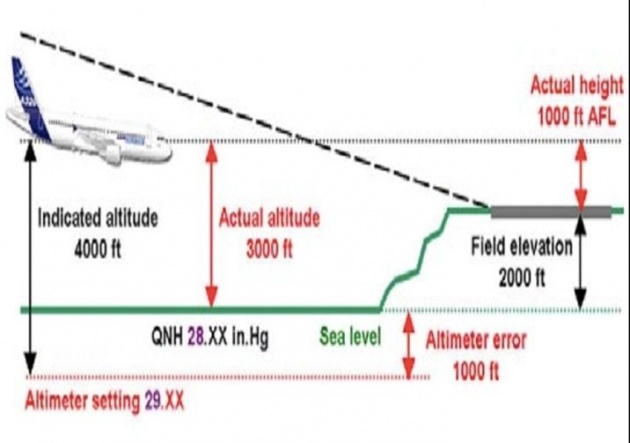 But some other surprising factors may cancel out this increase. In almost every situation, proper maintenance is measuring and adjusting your tire pressure like normal after you’ve arrived at your high-altitude destination.
But some other surprising factors may cancel out this increase. In almost every situation, proper maintenance is measuring and adjusting your tire pressure like normal after you’ve arrived at your high-altitude destination.
If you drive from sea level to 5,000 feet above sea level, you can expect your tire pressure to climb 2-3 psi. Likewise, if you descend 5,000 feet, your tire pressure will drop about 2-3 psi until you next adjust it.
Mountain road trip | Livin4wheel via UnsplashRELATED: 3 Tricks To Save Money On Winter Tires
Why does tire pressure change with your elevation? Simply put, it changes because the psi of the atmosphere around it changes.
At sea level, the air around you is pressurized to 14.7 psi by the atmosphere above it. But at 5,000 feet above sea level, there is less atmosphere compressing the air around you. Therefore, the air is pressurized to 12.2 psi.
Your tire is a closed system.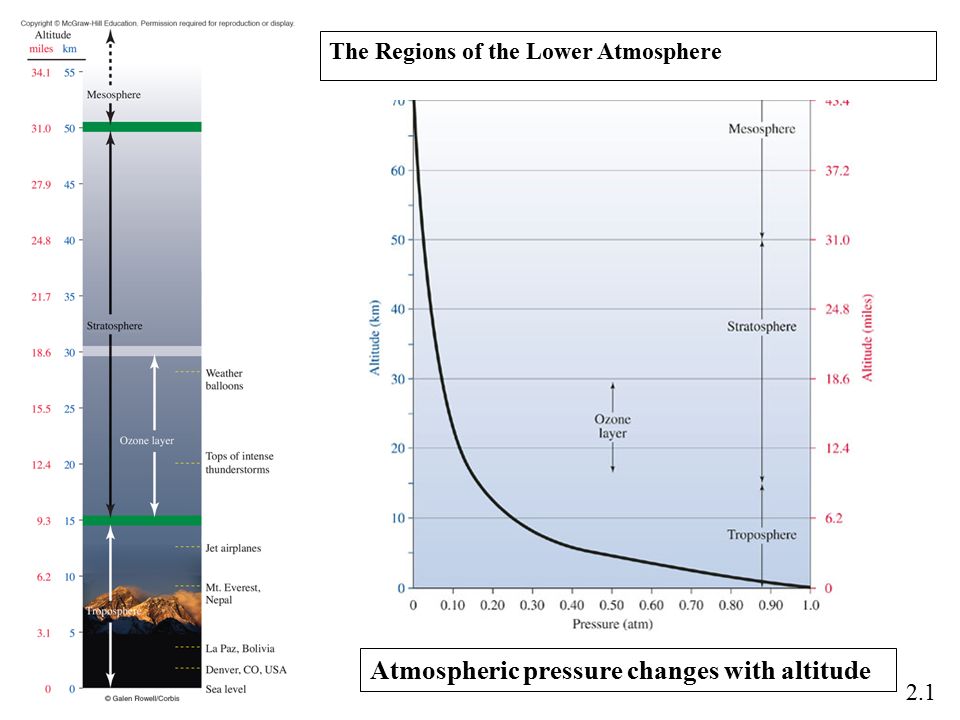 Imagine you inflate your tire to 30 psi in San Francisco, then take a summer road trip all the way up to Denver. The tire has neither gained nor lost air molecules. But the pressure the atmosphere exerts on the outside of the tire has decreased, and those air molecules you brought from California can take up slightly more space.
Imagine you inflate your tire to 30 psi in San Francisco, then take a summer road trip all the way up to Denver. The tire has neither gained nor lost air molecules. But the pressure the atmosphere exerts on the outside of the tire has decreased, and those air molecules you brought from California can take up slightly more space.
When you pull out your tire gauge after our road trip to Denver, you’ll find your psi has increased to 32 or 33 psi–according to The Tire Rack.
Another way of explaining this change is that your tire was 30 psi above the ambient atmospheric pressure on the California coast. But the same tire is 32 or 33 psi above the ambient atmospheric air pressure in the Rocky Mountains.
No, you should not. Your best bet is usually to fill your tires to your vehicle manufacturer’s recommended psi, no matter your elevation. If your travels include an elevation change of several thousand feet, it’s wise to adjust your tire pressure back to the recommended psi.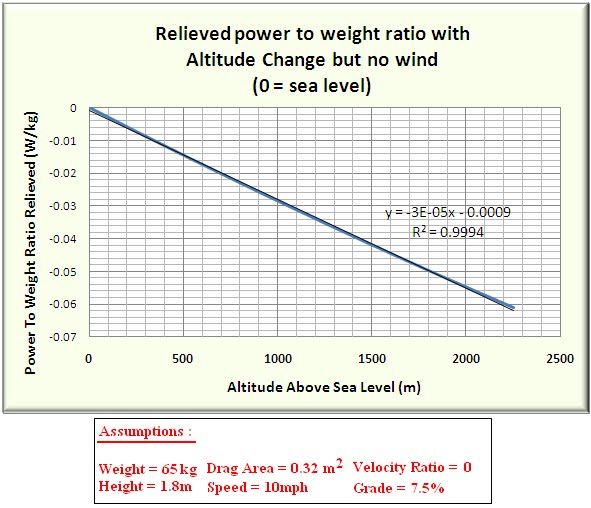
RELATED: Common Tire Types And Ideas For Aftermarket Tire Upgrades
If you drive from sea level, up to a 5,000 foot elevation, why should you adjust the amount of air in your tires? At the higher elevation, the same amount of air will take up more space and your tires will be overinflated.
Luckily, a tire pressure gauge simply measures the psi of your tire in relation to the surrounding atmosphere. All you have to do is adjust your tires to your vehicle manufacturer’s recommended psi–no matter your elevation.
You almost never need to adjust your tire pressure to a different psi before a road trip. This is because even climbing or descending 5,000 feet will only affect your psi 2-3 pounds. That said, you should always check and adjust the pressure of your cold tires the day after arriving at a new elevation.
A mountain road | Taneli LahtinenRELATED: Using Soap To Find A Slow Tire Leak Or Valve Stem Leak
If you know your tire pressure will increase one to two psi as you climb 5,000 feet, why can’t you just underinflate them before leaving? Because the temperature of your destination will also affect the psi of your tires.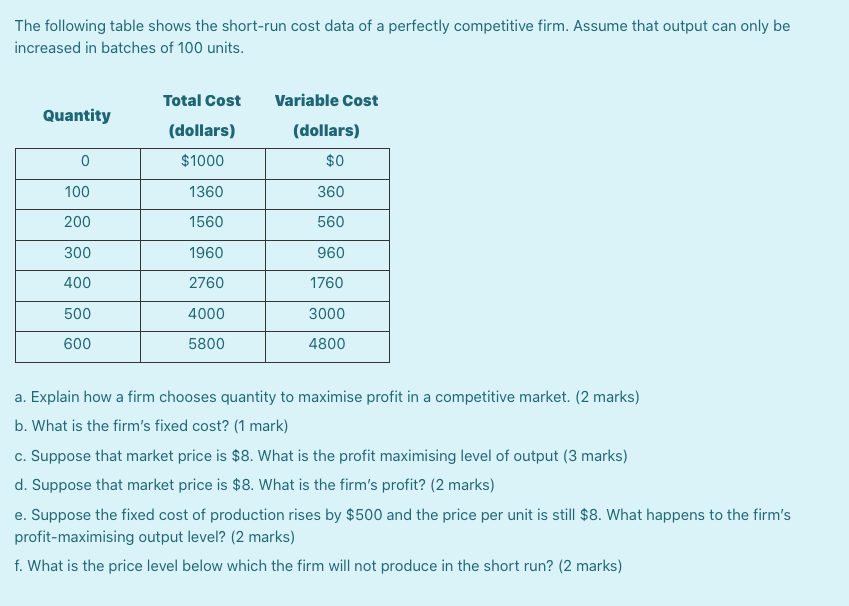 Tire pressure changes about one psi for every 10 degrees Fahrenheit.
Tire pressure changes about one psi for every 10 degrees Fahrenheit.
So if you fill up your tires to 30 psi in sunny California, then drive up to Denver, two things will happen. Because of the decrease in ambient air pressure, your tires will balloon up to 32 or 33 psi. But if the mountain air is 20 or 30 degrees colder, those tires will also lose some pressure. In the end, they may stay at exactly 30 psi.
Next, find out whether you can increase your mpg by adjusting your tire pressure before a road trip or see why proper tire pressure is so important in the video below:
RELATED: Are You Truly Ready To Change a Tire by the Side of the Road?
What should be the pressure in the tires of the car? Does it need to be adjusted and what will happen if the pressure is changed in one direction or another?
Two friends conversation:
- Hello, I lowered the wheel!
— Absolutely?
- No, only from below ...
Humor from the Web
Let's start with platitudes. The pressure must be as specified by the vehicle manufacturer.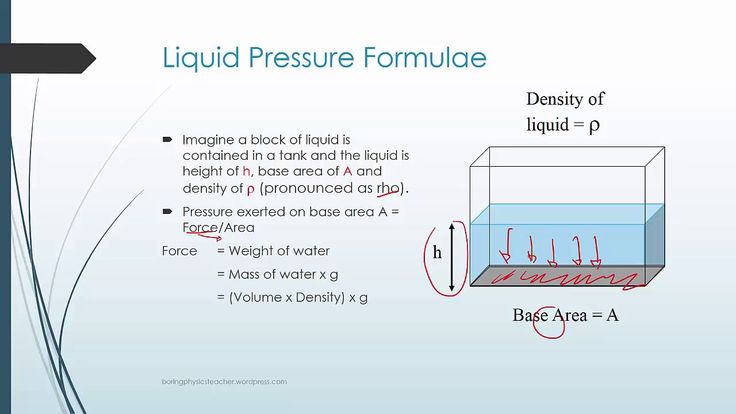 And since the average modern driver usually does not have such information, especially for him, a "cheat sheet" with the necessary numbers is hung on the middle pillar on the driver's side or on the gas tank hatch cover.
And since the average modern driver usually does not have such information, especially for him, a "cheat sheet" with the necessary numbers is hung on the middle pillar on the driver's side or on the gas tank hatch cover.
A relatively rare solution: the "reminder" is located on the gas tank cap.
A relatively rare solution: the "reminder" is located on the gas tank cap.
An important point: pressure should be measured only on cold tires. By the way, especially for pedants: cold tires are those on which the car has been without movement for at least 5 hours.
This "cheat sheet" nestled on the driver's door. An example of how tire pressure recommendations change depending on tire size.
This "cheat sheet" nestled on the driver's door. An example of how tire pressure recommendations change depending on tire size.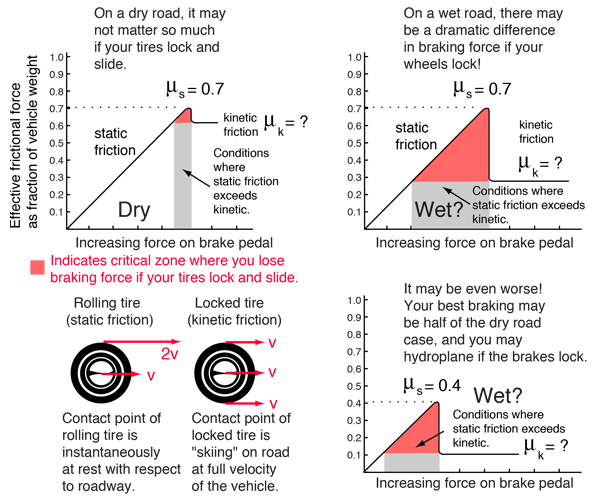
Since car manufacturers allow the use of tires of different sizes, the pressure may also be different. In addition, the pressure in the front and rear tires has the right to both differ and be the same.
And here there is no difference in recommendations: what is in front, what is behind is the same.
And here there is no difference in recommendations: what is in front, what is behind is the same.
Related materials
Seasonal tire change: everything car owners need to know
Reduced pressure leads to an increase in tire deformation, more heating during wheel rolling, accelerated wear of the outer tread tracks. Perhaps even a violation of the integrity of the frame. As a result, fuel consumption increases. If you hit a hole in the road, the likelihood of damage to both the disk and the tire is higher.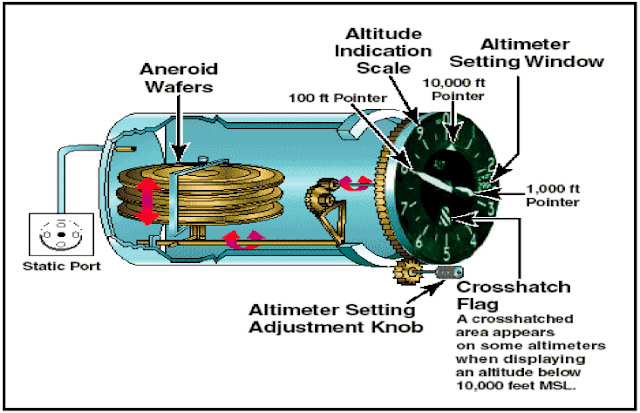
Increased pressure is an overstrain of the cords, increased wear of the middle part of the tread. In addition, when driving on a bad road, the shocks that are transmitted to the suspension and body will become more noticeable for riders. When hit in a pit, the likelihood of a tire burst increases.
Uneven pressure on all four wheels is the worst thing! At the same time, the car, while driving, inevitably leads the wheels with lower pressure to the side - in fact, sideways movement begins.
Tube tires of the past required a weekly check, especially before the advent of butyl tubes. Then the pressure began to be checked less often, and nowadays, as a rule, they are limited to visual inspection.
Tube tires of the past required a weekly inspection, especially before the advent of butyl rubber tubes. Then the pressure began to be checked less often, and nowadays, as a rule, they are limited to visual inspection.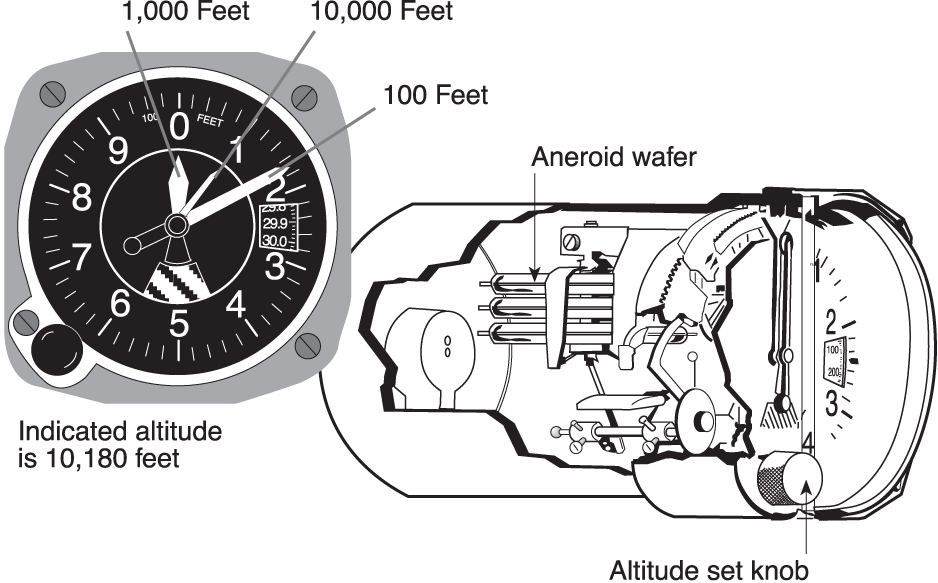
In a good way, you need to check the tire pressure at least once a month. And before a long journey - just a must.
Related materials
Budget Tire Compressor Test: Wrong Bees
The air pressure in an enclosed space changes by approximately 0.1 bar for every 10 degrees of temperature change. This allows, having installed summer wheels in April, not to worry about the pressure in them until the end of August, when the air temperature begins to drop. Having pumped up the wheels at the end of summer, you can already reach the seasonal shift. But having installed winter tires in October, with the first frosts, you should check the pressure a couple more times: when the temperature drops to minus ten, fifteen, and when it goes over minus twenty. But from the middle of winter until the moment of changing the wheels to summer ones, there is again a period of relaxation.
Electronics are increasingly thinking for us.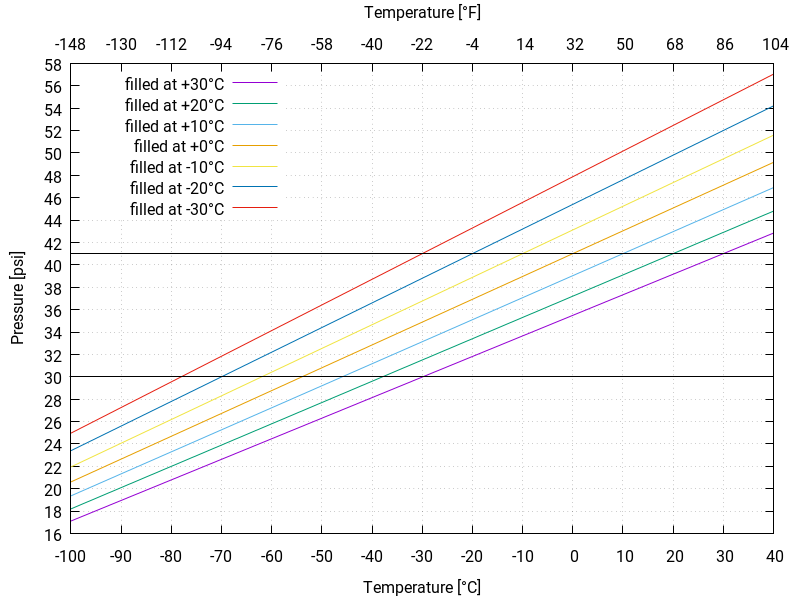 Now, a tire pressure monitoring system is being installed on parts of production cars. Moreover, some simply read the wheel speeds through the ABS sensors: after all, a flat tire rotates faster, since its radius is smaller than that of inflated wheels. There are also sensors that evaluate the amount of air pressure and send information via radio to the "brains" of the car. Such devices can also be purchased separately: sensors - in the wheels, and the receiver - in the car.
Now, a tire pressure monitoring system is being installed on parts of production cars. Moreover, some simply read the wheel speeds through the ABS sensors: after all, a flat tire rotates faster, since its radius is smaller than that of inflated wheels. There are also sensors that evaluate the amount of air pressure and send information via radio to the "brains" of the car. Such devices can also be purchased separately: sensors - in the wheels, and the receiver - in the car.
By the way, a lot depends on the road you are going to take.
The operating instructions supplied with the vehicles indicate that it is recommended to increase the pressure by 0.2-0.3 bar before driving for a long time on expressways. We advise you to follow these recommendations on all cars: it will not get worse.
The operating instructions supplied with the vehicles state that it is recommended to increase the pressure by 0.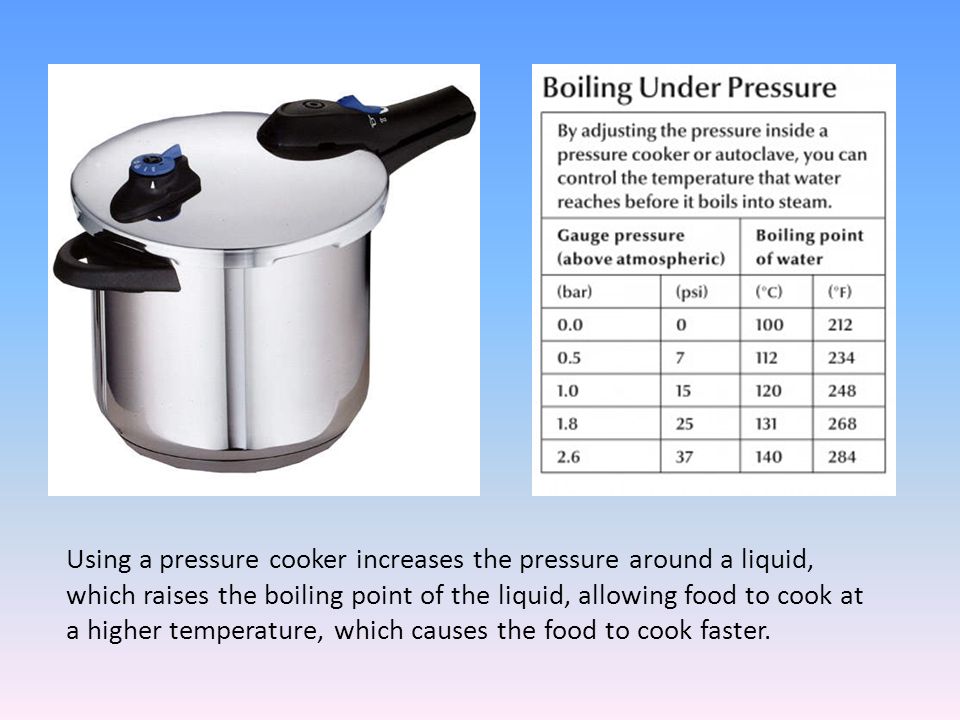 2-0.3 bar before driving for a long time on highways. We advise you to follow these recommendations on all cars: it will not get worse.
2-0.3 bar before driving for a long time on highways. We advise you to follow these recommendations on all cars: it will not get worse.
I don’t want to discuss overload: this, you see, is not the case. But, unfortunately, many deliberately overload the car several times a year, not only stuffing the interior and trunk to the eyeballs, but also attaching a trailer, which additionally loads the rear wheels of the tractor. In such cases, we advise you to increase the pressure in the rear tires by at least 0.2–0.3 bar. Tires will only thank you.
If you doubt the accuracy of your pressure gauge, then we advise you to check it immediately after leaving the tire shop, where you were set the obviously necessary pressure, to measure it with your own measuring device (separate or as part of the compressor). So you determine whether your pressure gauge is "lying" a lot. For the future, right on the dial, you can put a mark of the correct value.
Of course, it is better to have your own, known to be correct pressure gauge, but such a toy is not cheap.
Of course, it is better to have your own, known to be correct pressure gauge, but such a toy is not cheap.
If terrible ice caught you on summer tires, say, in the country, and you need to drive some distance along an absolutely icy road by any means, then you should reduce the tire pressure to approximately 1.6 bar. Is it bad for tires? Yes. But an accident will cost more. In addition, in such a situation, one does not have to wait for high speed, and overheating of tires at near-zero temperatures most likely will not happen.
Everyone knows what caused the excellent maneuverability of Soviet tanks? That's right: wide tracks, that is, low pressure on the ground. We, having an ordinary, non-all-wheel drive car, are also able to provide it with a similar cross-country ability. If the wheels of the car sink into sand, snow or sticky mud, then it makes sense to lower the tire pressure. And not only driving, but also driven wheels.
If the wheels of the car sink into sand, snow or sticky mud, then it makes sense to lower the tire pressure. And not only driving, but also driven wheels.
We know from experience that you can often get out of the "black spot" by reducing the pressure to 1.2 bar.
We know from experience that it is often possible to get out of the "black hole" by reducing the pressure to 1.2 bar.
In a very critical situation, if you know that you have a fairly narrow disc and a relatively wide tire (such a wheel has a lower chance of self-disassembly), you can reduce the pressure to 1.0 bar.
Stalled on wet grass? Try to relieve pressure.
Stalled on wet grass? Try to relieve pressure.
Pressure reduction is also useful in other cases - for example, to overcome diagonal hanging. If you reduce the pressure in the wheels on which the car rests, their height will decrease and there will be a chance to “hook” on the suspended wheels. Of course, if the car has already laid down on the bottom, then it is too late to reduce the pressure - this will only interfere.
Of course, if the car has already laid down on the bottom, then it is too late to reduce the pressure - this will only interfere.
A concrete example of the effect of pressure on flotation. In this case, the pressure is very low, and the contact patch of the wheel with the coating is much larger than that of a conventional car.
A concrete example of the effect of pressure on patency. In this case, the pressure is very low, and the contact patch of the wheel with the coating is much larger than that of a conventional car.
In general, the pressure in tires, as well as in vessels, is better to keep normal. Any deviation has its negative consequences. Tell us, have you ever had to adjust tire pressure to improve flotation?
Tire pressure: your norm
Tire pressure: your norm
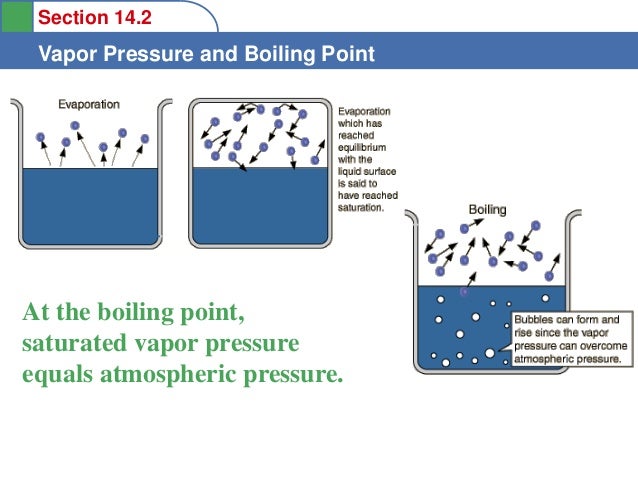 rbc.ru
rbc.ru See also
Tires are the only vehicle element that is in constant contact with the road. One of the main indicators of their serviceability is pressure. It affects not only fuel efficiency, but also safety.
As a rule, car manufacturers recommend maintaining tire pressures between 2.0 and 2.8 bar. But in practice there are situations when it is necessary to deviate from this norm.
adv.rbc.ru
Tire pressure should be checked at least once a month, there are several ways to do this. We understand why it is so important to observe the optimal pressure indicator and what it affects.
In this story:
Tire pressure is the resistance with which air "presses" on the inner area of the rubber. Properly inflated tires will last longer, give you better ride quality and improve your driving safety. If the pressure in the tires is too low or they are pumped over, then the car owner runs the risk of facing a number of problems: from buying new tires to the threat of an accident.
Properly inflated tires will last longer, give you better ride quality and improve your driving safety. If the pressure in the tires is too low or they are pumped over, then the car owner runs the risk of facing a number of problems: from buying new tires to the threat of an accident.
Properly inflated tires will last longer (Photo: Global Look Press)
Under-inflated tires are tires that are below the recommended pressure. In this case, the contact patch of rubber with the road increases, which leads to increased friction or rolling resistance. A worn out outer edge of the tread can visually give out such a problem.
Increased friction with the road can cause the tire to overheat, slip and even burst. In addition, low tire pressure leads:
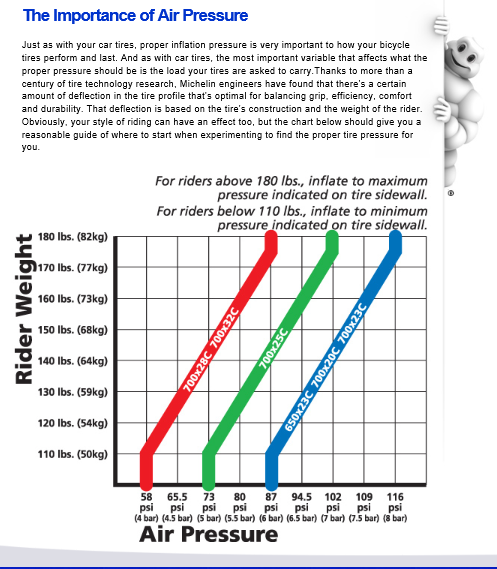
When tires are over-inflated, that is, above the manufacturer's recommended rate, the contact patch decreases. As a result, the main friction with the road is taken over by the central part of the tire.
Excessive tire pressure leads to excessive sensitivity to road irregularities and the risk of tire damage, even destruction. Inflated tires also cause the following:
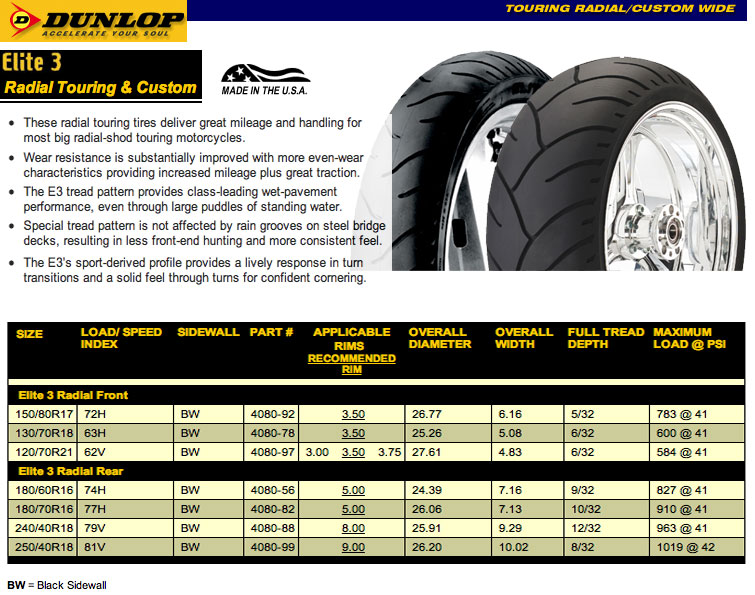
For overinflated tires:
Excessive tire pressure leads to excessive sensitivity to road irregularities and the risk of tire damage (Photo: Shutterstock)
For each car model, the manufacturer sets its own optimal tire pressure. This indicator depends on the mass of the car, the speed of operation, the number of passengers (partial or full boarding), as well as the load on the trunk [1].
The recommended tire pressure can be found in the vehicle owner's manual or on one of the plates/stickers in the passenger compartment. They can be:

Tire pressure is measured in several units. In Russia, they usually indicate in kg / cm 2 (or atmospheres) and bars (bar). These two indicators are almost equal, which is why they are often used as synonyms:
Foreign models often use pounds per square inch (pound per square inch), or psi:
For convenience, car manufacturers can indicate pressure in two units at once - bar and psi. Thus, the need to independently calculate according to the formulas disappears. Otherwise, you can do this in one of the online calculators or check the table of popular values.
| 2.0 bar | 2.1 bar | 2.2 bar | 2. 3 bar 3 bar | 2.4 bar | 2.5 bar | 2.6 bar | 2.7 bar | 2.8 bar |
| 29psi | 30psi | 32 psi | 33 psi | 35 psi | 36 psi | 38 psi | 39 psi | 41 psi |
Temperature has a significant effect on tire pressure: when it drops, the pressure in the wheels decreases with it. When the temperature drops by 10 °C, the tire deflates by an average of 0.07–0.14 bar or 1 to 2 psi [2].
Temperature has a significant effect on tire pressure (Photo: Shutterstock)
Summer tires typically use manufacturer's recommended readings. But in winter, it is advised to add about 0.2 bar to these figures [3].
Experts also recommend checking and correcting tire pressure at outside temperature. In the cold season, swapping is best done not in a warm garage, but on the street. In summer, before such a manipulation, you should make sure that some of the wheels of the car were not under the scorching sun, while others were in the shade.
Sometimes the tire pressure needs to be adjusted according to the situation. For example, when the machine is fully loaded or a trailer is towed. For such cases, automakers, as a rule, separately indicate the optimal pressure.
But there are moments that fall into the category of extreme and non-standard (especially if before that the car most often drove around the city). Automotive expert Tatyana Eliseeva analyzed the most common of them.
Causes tires to heat up, especially in summer, so you should follow the manufacturer's recommendations before such a trip.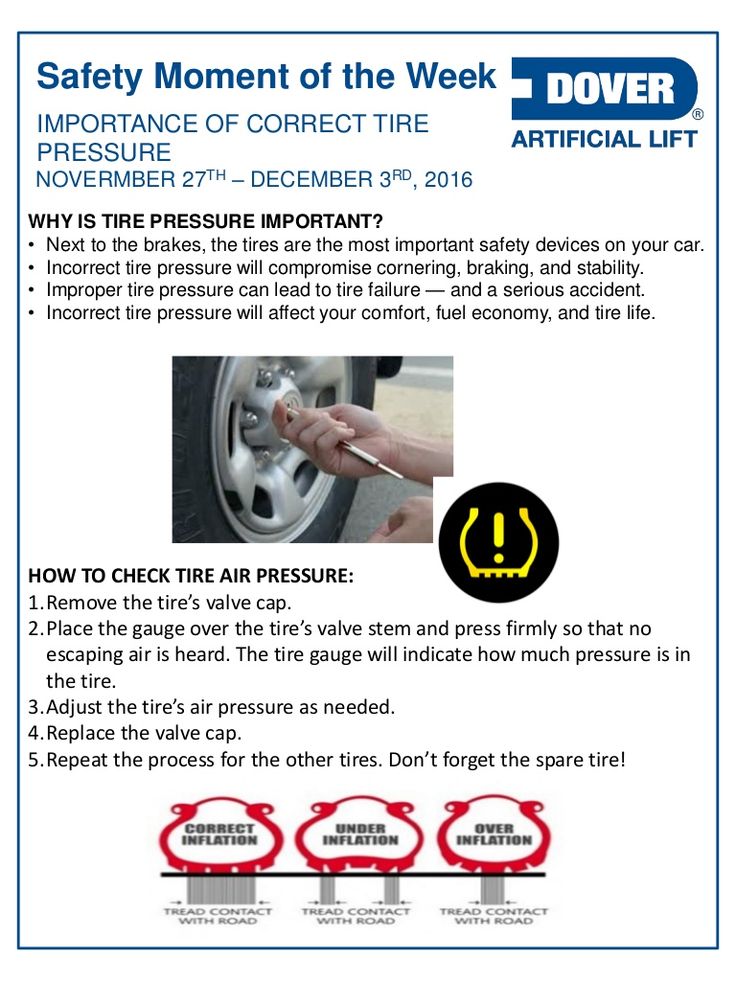 We do not know what we will meet: patched road repairs or heavy rain. After all, for each of these situations, the recommendations will be opposite. Athletes can play with pressure when track conditions are known and engineers can always change the settings. For a long journey, the layman just needs to choose the average.
We do not know what we will meet: patched road repairs or heavy rain. After all, for each of these situations, the recommendations will be opposite. Athletes can play with pressure when track conditions are known and engineers can always change the settings. For a long journey, the layman just needs to choose the average.
Tires must be bled off, especially on sand. The question is for how much? You can bleed up to 0.7 atm, but a not very experienced motorist can slip the wheels with an inaccurate movement, and if the driver turns the steering wheel sharply (for example, trying to catch on the edge of the track), then the tire can come off the disk. And such cases occur regularly.
At near-zero temperatures on packed snow, ice or sludge for new wheels (velcro or studded) it is better to pump the wheels a little so that water and sludge are squeezed out of the central zone of the contact patch and the tread is better worked. The wheel must be cleared for the tread to work. When it is clogged with snow, the braking distance and traction deteriorate greatly.
The wheel must be cleared for the tread to work. When it is clogged with snow, the braking distance and traction deteriorate greatly.
If the car has worn wheels, but with an acceptable tread depth for winter tires (4 mm), then you should not hope for the correct operation of the tread. Such a low checker no longer pushes the snow. In this case, it is necessary to reduce the pressure in the wheel, thereby increasing the same contact patch.
Photo: Global Look Press
On a country road, the weight of the machine will be an important factor. In this case, we select the pressure according to the load - specific indicators must be viewed on the central pillar of the body. There you will see something like the following recommendation: the more the car is loaded, the higher the pressure in the rear wheels should be.
But a badly broken road can lead to herniations, ruptures and tire damage. Therefore, if we increase the pressure, then we drive on a bad road as calmly and measuredly as possible. Or we slightly deviate from the manufacturer's recommendations and raise the pressure not as much as the manufacturer recommends.
Or we slightly deviate from the manufacturer's recommendations and raise the pressure not as much as the manufacturer recommends.
The main factor in changing the behavior of the wheel is not the pressure difference at altitude, but the presence of a large number of sharp turns and long braking. The tire will heat up not only from the loads, but also from the operation of the brake mechanisms. Therefore, the idea that due to low pressure it is necessary to increase the pressure in the tires is wrong, because the temperature of the wheel has a much greater influence in this case.
The recommended pressure is always given when the tires are cold. This means that the vehicle has not been driven for three hours or has traveled less than 1 mile (or one mile).
There are two ways to check tire pressure: on your own or at a workshop. In the first case, it is enough to use a public pump at a gas station or purchase a pressure gauge.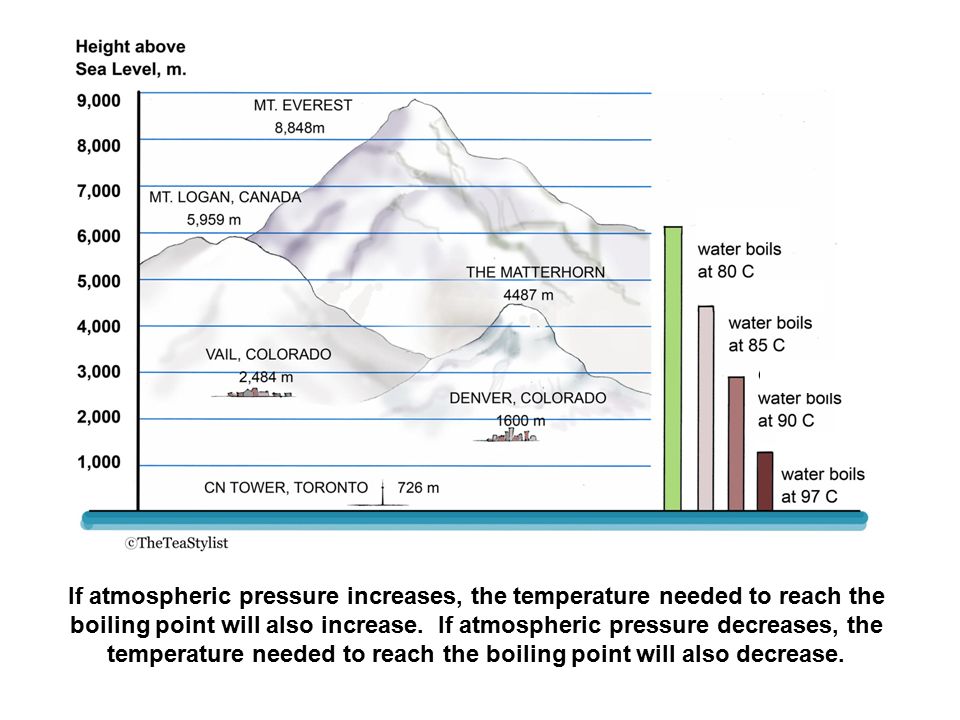 This tire pressure measuring device comes in three types:
This tire pressure measuring device comes in three types:
Another option is to install special pressure control caps on each nipple. Such a gadget works as follows: the upper part of the cap is transparent and, depending on the level of pressure, an indicator of three colors appears in it. Green - the pressure is normal, yellow - the tire is flat, red - the pressure has exceeded the norm.
Photo: Shutterstock
The easiest way to monitor tire pressure is with the automatic TPMS (Tire Pressure Monitor System). Today it is installed on almost all models, and in some countries its presence is a prerequisite for releasing a car from the assembly line.
In these systems, the electronics automatically detect changes in the tire, and if the pressure drops below the recommended value, a warning signal lights up on the on-board computer screen.
There are two types of TPMS:
Car manufacturers recommend checking tire pressure every two weeks, but at least once a month. Indeed, even under ideal conditions (for example, the car is idle for a long time), the wheels lose approximately 0.069bar, or 1 psi, per month [4].
The pressure should be monitored before and after a long trip, during a sudden change in temperature (for example, during the first frost or warming), and also after changing tires or driving with a load.